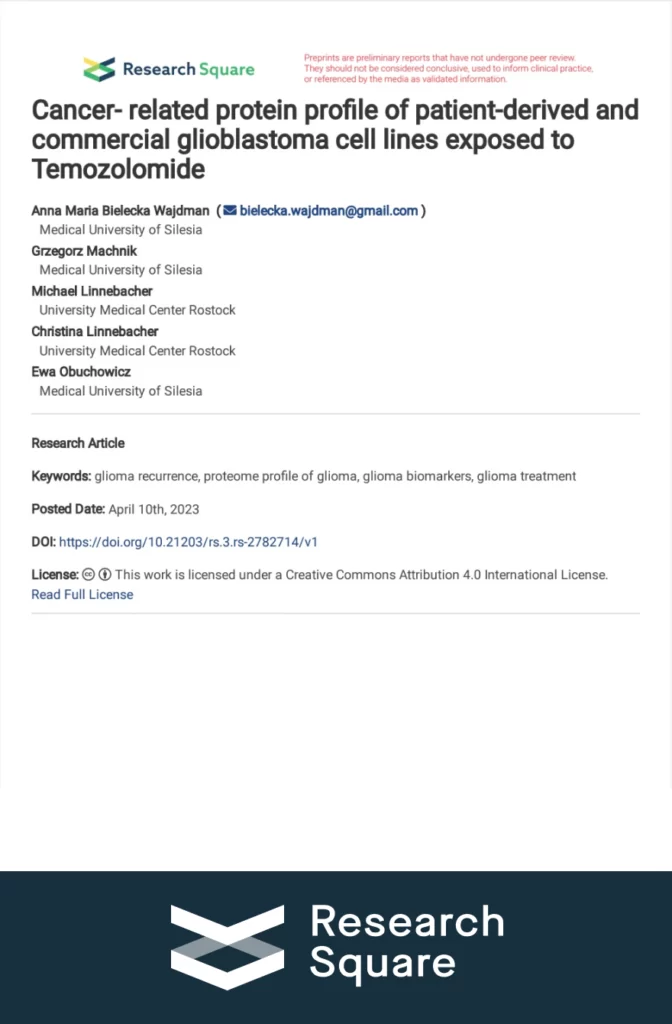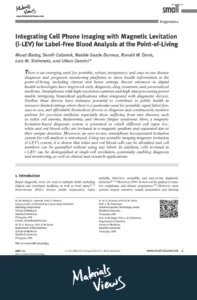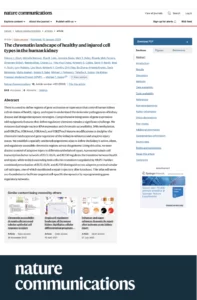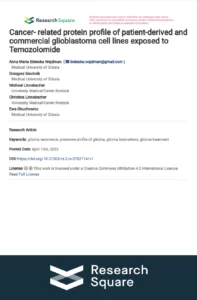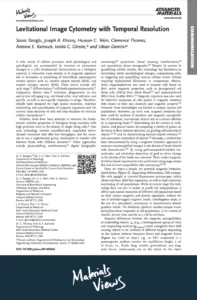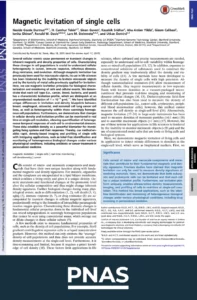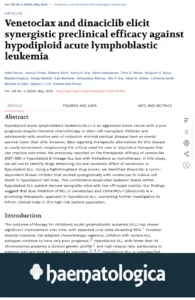Publication summary
Glioblastoma multiforme (GBM) remains a formidable oncological challenge, marked by persistent therapeutic failures and cancer recurrence. To discover new biomarkers and potential therapeutic targets, Anna Bielecka-Wajdman, PhD, and colleagues explored proteomic alterations in commercial and patient-derived GBM cell lines exposed to Temozolomide (TMZ), a GBM treatment. Protein expression varied significantly among the three cell lines tested, highlighting the inherent heterogeneity in GBM. Nonetheless, ten proteins were consistently expressed across the three lines, all linked to malignancy features such as proliferation and migration, representing potential new biomarkers and treatment targets. Post-TMZ treatment, protein expression was notably modulated, including proteins involved in chemoresistance and invasion, hinting that TMZ might promote malignancy among surviving cells. Moreover, the line derived from a relapsed tumor sample displayed a distinctly aggressive cellular response characterized by rapid wound healing and altered microglia morphology compared to the other lines. The findings underscore the complex proteomic interplay contributing to GBM’s malignancy, advocating for multi-targeted therapeutic strategies and personalized treatment approaches in GBM management.
LeviCell 1.0 enriches drug-resistant cancer cells for analysis and therapy improvement
The LeviCell® 1.0 system was instrumental in studying GBM cells post-TMZ exposure, especially for investigating treatment-resistant cellular subpopulations. This research was designed to closely mimic the clinical scenario where, after TMZ administration or other GBM treatments, a resistant subpopulation of cells that evaded the treatment’s effects could persist. Such surviving cells often underpin recurrence and therapeutic failures. The researchers needed to assess the morphology and growth characteristics of the viable GBM cells through microscopy after removing those cells that succumbed to TMZ. Here, Levitation Technology™ was invaluable. It gently and efficiently separated the dead cells without altering the natural states of the viable cells, allowing for a clear and undistorted view of the surviving, treatment-resistant GBM cells. Besides glioblastoma, the LeviCell systems have effectively removed dead cells and debris from various cancer cell samples at low cell input, yielding higher live-cell results than traditional bead-based methods.

